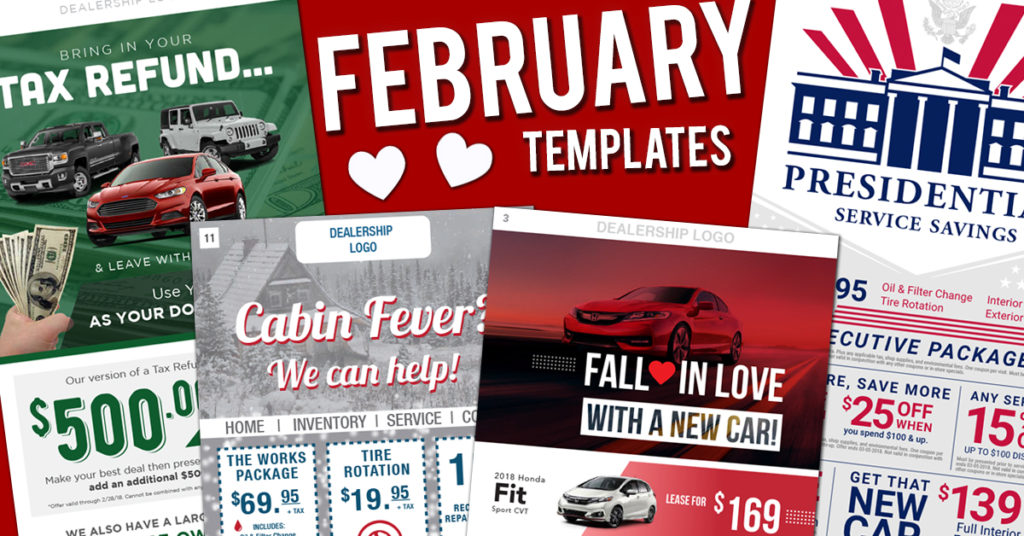“How would you create a ‘wow’ buying experience for the customer after they purchased their car? How would you set up a brand new profit center by developing a public relations manager?”
I have had a few calls from people about last month’s article about using the “Apple Experience” in your dealership’s service drive to retain customers. The main question that kept coming up was how to set up this type of program. This month, I will try to outline the steps I would take to develop this experience in a dealership.
One of the things I suggested was to get more Millennial and newly graduated college students into our business. How would you create a “wow” buying experience for the customer after they purchased their car? How would you set up a brand new profit center by developing a public relations manager? How would you get better penetration on F&I products? And, finally, how would you pay for it all? Let’s drill down on some of these things in a little more depth.
The first step is to advertise for recent college graduates. Let them know this is a manager-training program. You may want to hire more than one as the program grows. I would start their salary at $600 per week, plus commission. In order to offset this cost, I would have the company I buy my F&I products from contribute part of this expense. I’m sure they will have no problem with this because this person will be selling their products full time and the penetration should go through the roof. If you have an agent or customer retention company or, really, any other company doing business in your store, they can contribute as well. All of these people will benefit in the long run and what’s wrong with someone paying the dealer to do business in their store? Think about it: If that cost is split three ways, you are hiring a college grad in a management position for $200 per week. If it is split with more vendors, it will be even less. As this person gains more experience, they can be worked into other departments, and now your management program is up and running.
The second step is setting up the program. Everything we want sold should be laid out on an iPad. When the customer comes in for service, we pull them up, we have the date they bought their car and what they purchased in F&I at the time. We will know when they go out of warranty, or when their service contract expires. Did they purchase a prepaid maintenance package or other products, such as key fob coverage, wheel and tire coverage or ding and dent? The public relations manager can review the benefits of each product with the customer, even showing a short video on the value add for any of these products. If the customer doesn’t have time for a review, we can email a feature benefit presentation to them so they can look at it at their convenience. Think of a business development center for your F&I products. The public relations manager will make a commission off of each product he or she sells. We could also wrap it with an equity-mining tool and he or she could be commissioned on car sales, as well.
The third step would be the sale of accessories. Everyone wants to sell more aftermarket products. Tires, batteries and wiper blades could be advertised in a targeted marketing campaign. Sell bed liners to truck customers, and wheels, rain guards and window tint to customers on the anniversary of their purchase. The PR manager could get all the op code declines and develop a coupon campaign that could go out nightly. With all the information from the DMS at their fingertips, they can easily spot when a customer is ready for an upgrade. All of this marketing could be done on-line with just a little help from a graphics department.
Even the question of who manages and trains the public relations/manager trainee can be answered using one of your vendors. Any vendor who is currently in your DMS could easily work with your F&I provider to develop this program. They could hire, train and supervise and then, when you decide to promote them to another department, they could do it again. It really is a low-risk, high-rewards proposition for any dealership.
The last step is truly the public relations part of the program. This person will be the liaison between the service department and all the other departments in the store. If you have a rewards program, a customer Website, a customer app, weekly coupons, and a lifetime engine or powertrain component, all of this can be reviewed and sorted out either in person or through email communication. This person’s success will be based on their ability to develop a good relationship with the entire database and develop your store into the customer’s dealership for life.
Jack Garrity








